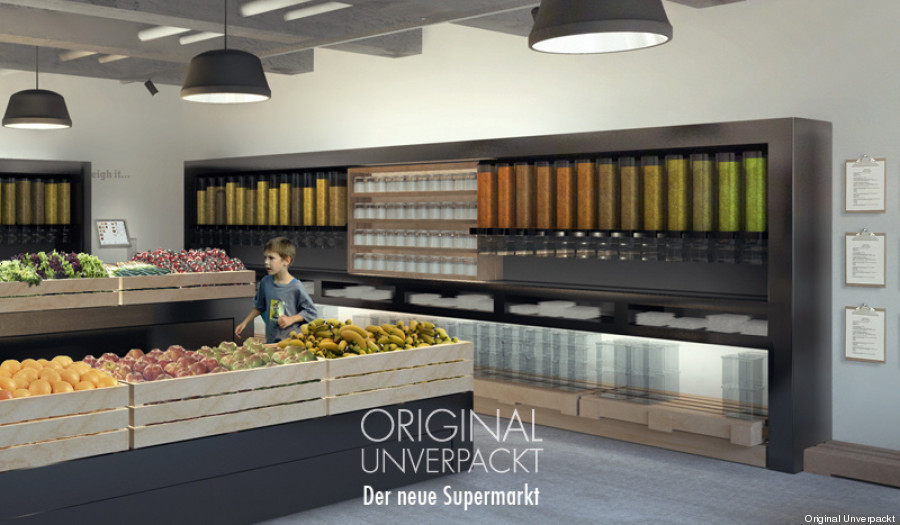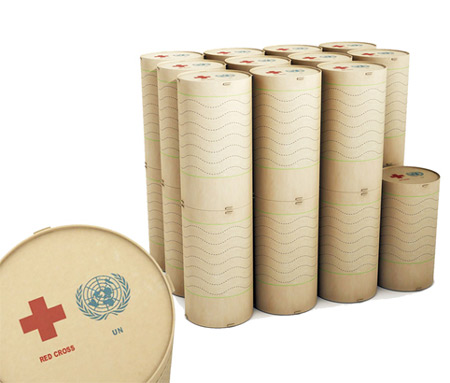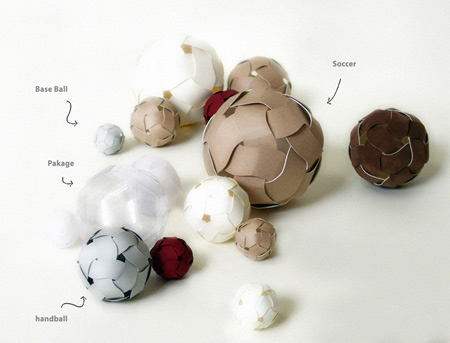Green Design Learning Report
The module of Green Design
introduced an entirely new concept of physical design, requiring extensive
research, as well as a broad outlook and an innovative and creative ability to encapsulate
a unique response to the outlined brief.
I initially underestimated
the difficulty that this design project ultimately posed. The sheer amount of
additional tasks required, combined with the vast amounts of necessary research
on elements such as potential materials and resources, amalgamated with the
issue that many of the concepts I devised were already out there.
From my initial research it
became obvious that green design could be seen as both a necessary but
furthermore a contentious issue. Designing ‘better’ for the future goes beyond
waiting for governments and legislation, and through internet based research,
the growing voices of campaigners to implement integrated changes within society,
highlighted that advancing technology combined with the willingness to change
habits and lifestyles means that every one of us can make a difference if so
willing.
Resources such as the films
‘The Age of Stupid’ and ‘The Story of Stuff’ highlighted the fact that many
parts of the world have become spoilt; consumerism is a key concept that exploits
natural resources, powers economies and leads to incredible amounts of waste.
My visit to ‘The Centre for Alternative Technology’ however was a firsthand
experience in learning how there is an alternative, through the adaptation of
lifestyle. From creative design and use of different materials the centre
showcased green concepts through large-scale projects, such as Zero Carbon
Britain, the straw bale theatre, and the rammed mud walls of the lecture
theatre, illustrating how, with pioneering and careful design, we can make a
reduction in our carbon emissions by reducing our waste.
The reduction of waste was an
important concept within the brief, designing packaging that possessed the
ability to effectively carry 6 bottles of cider/beer, through the utilisation
of materials that were environmentally friendly and which ultimately could be
adapted to contribute a secondary use. Surprisingly, research into packaging
led me into the past, traditional Japanese packaging with it’s simple yet
beautiful designs, are both practical and functional for the job that they are
designed for. Exquisite and elegant, they battle against our consumerist
manufacturing ideologies and insert us into a world that withholds more
innocent and natural philosophies. Traditional Japanese Packaging utilises
natural materials whilst eliminating the modernist method of mass-production,
an element of life that is prominent within the majority of shops currently
open for business. Western countries such as The United States and The United
Kingdom possess enormous stores that are, in essence, shrines to the
mass-manufacturing industry, with hundreds of the same product adorning the
walls (often modelling a clever marketing scheme) they are a consumerist
junkies dream.
Green design and sustainable
living are casually growing in popularity, individuals are becoming more aware
and a select few have already contributed to the planets healing process by making
the necessary sacrifices and altering their lifestyles. A collection of people
have moved into constructions known as ‘Earthship Biotecture’, these are
sustainable homes made from renewable materials and are designed to make a
reduction in the average carbon footprint of a house. Although these
individuals are benefitting the environment, others continue to ignore the
climactic issue, the majority of people continue to follow the statement
‘ignorance is bliss’ regardless of the prominent weather results we are
subsequently experiencing that seem to suggest otherwise. The manufacturing
industry continues to devise methods of manipulating the consumer into
purchasing more products that we do not require, the event Black Friday is a
superlative example of this point.
Black Friday illustrates the
obsessive nature that we withhold as hordes of people stampeded the shops to
get the best deals physically possible on products they do not need. Violence
was utilised as a method of beating adversary customers to the newly price
reduced products, with the event being so heavily attended there have been
deaths and injuries resultant from the sales. Upon observing video recordings
of the 2014 Black Friday (some of these videos can be seen on my blog) it
illustrates the extremes of consumer madness, individuals have been seen
physically fighting over a pair of underwear, clutching at the risqué product
like it’s a literal lifeline. Observing the news on Black Friday was
representative of living in a paradox, as people who previously stated that
they care for the environment completely contradict themselves by attending an
event in the very consumer system that’s destroying our planet.
However, regardless of this,
change is being ensued, research has indicated that large companies such as
Nike have begun attempting to develop alternative environmentally friendly
products, packaging and factories. As a company they intend to “Drive
innovation and collaboration and engage in public policy advocacy to deliver
carbon reductions across the value chain.” (http://www.nikeresponsibility.com/targets).
One of their methodologies of accomplishing their desired targets is through
the ideology of ‘BICEP’ (The Business for Innovative Climate and Energy Policy).
Nike are one of the founding members and their key principles consist of =
- the promotion of energy efficiency and green jobs,
- the stimulation of renewable energy,
- the limitation of new coal fired power plants to reduce 100% of the carbon allowance,
- the utilisation of efficient systems that capture and store energy,
- the investment and encouragement of clean energy transportation by promoting full efficient vehicles,
- the establishment of plug in electric hybrids,
- the lowering of carbon fuels and the reduction in overall transit products.
Nike and BICEP maintain a
greenhouse gas reduction target of 25% by 2020 and 80% by 2050, in an endeavour
to accomplish this target they have attempted to persuade the US government to
adopt a national renewable portfolio that requires 20% of electricity from
renewable sources by 2020 and 30% by 2030 rather than energy from existing
environmentally unfriendly power plants. They want to create incentives for
carbon capture technology and by 2030 to have completely phased out existing
coal based power plants that do not capture and store carbon. Nike are
continually working with their 700+ contract factories and suppliers to achieve
60% of the CO2 footprint worldwide. Their factory partners in China, Indonesia
and Vietnam will have embedded within the design and construction of all new
factories, energy efficient and green building principles.
Nevertheless, research within
this module has identified that companies implement green initiatives to
maximise profit which is driven by adverse publicity as well as threats to
their profit margins. Some companies have been known to utilise the ideology of
‘greenwashing’, this is when “a company or organisation spends more time
and money claiming to be ‘green’ through advertising and marketing than
actually implementing business practices that minimise environmental impact.”
(http://www.greenwashingindex.com/about-greenwashing/).
This methodology engenders entirely negative results, with the environment,
consumer and perhaps even the business itself subsequently suffering, the
environment suffers as no changes are being enforced for its benefit, consumers
are being taken advantage of as they are manipulated into spending their money
on products that are not environmentally friendly and finally the business
could potentially face damage to its reputation if they are discovered, thus, impacting
their sales in a negative manor.
It is prominent that not
every individual is willing to sacrifice their current luxury lifestyles for a
more humble form of green living, as a unit we need to establish a consistent
balance between green and luxury (a balance which necessarily favours
sustainability), we need to contribute fundamental reductions and turn our talk
into physical action. This module has illustrated that the world is a delicate
enigma that requires a certain degree of respect, respect that it is currently
not fully receiving. Man possesses a futile arrogance that suggests
superiority, an ideology that couldn’t be further from the truth, a belief that
may be our downfall unless we can alter our outlook on life.
Projects such as
the Hobsons Brewery and Oldfields Orchard packaging brief are positive
developments heading in the right direction, if all companies adopted a similar
philosophy to the brewery then benefits would hopefully ensue.
However, green design has
additionally conveyed that environmentally friendly materials require more
research and development within areas such as manufacturing processes. During
this brief I observed a particular material known as Water Hyacinth, this is a perennial
aquatic weed native to the Amazon basin; it infests lakes, ponds, rivers, dams
and irrigation channels. Its rapid infestation has resulted in it becoming a
menace, disrupting numerous elements of water life (see blog post for more
details/examples) and costing large sums to both control and repair damages
resultant from its growth. In an attempt to control the plant and benefit the
environment, Water Hyacinth can now be harvested and utilised as a material for
weaving and creating products. This material was preferred when I was
considering taking on my tray concept, however my mind was changed when I
realised the substantial cost of harvesting the plant, transporting it and the
man-power of weaving it, the material was suitable however the price wasn’t.
Overall, I have thoroughly
enjoyed this module and I feel that I have experienced a new learning
experience that has heightened my understanding of the world in which we live.
























































